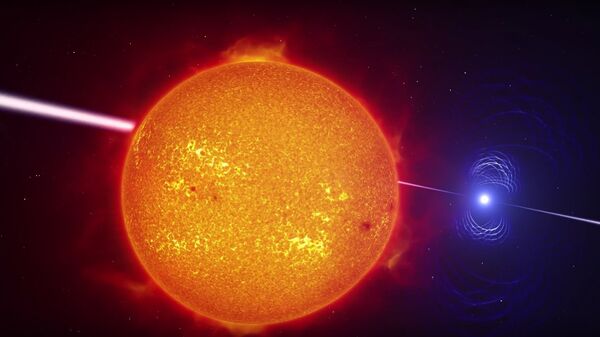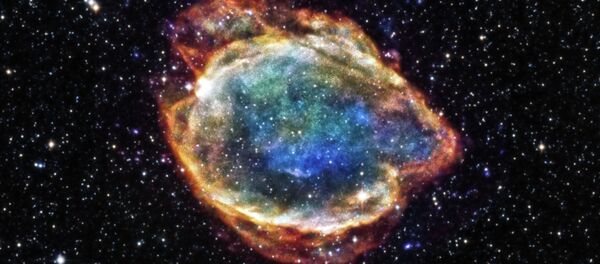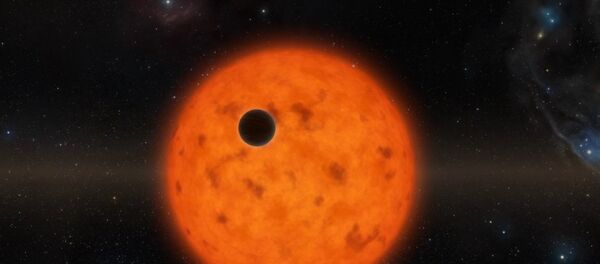The team, led by Lawrence Molnar of Calvin College, has been carefully monitoring a binary star system elegantly named KIC 9832227. Located within the Cygnus constellation some 1,800 light-years from Earth, the stellar pair have been engaged in a game of cosmic chicken that will come to an end when the stars collide.
Astronomers have been observing that the orbital speed of the two stars around each other is increasing, indicating that they are moving closer together. The only possible end is for the two stars to pull into one another's atmospheres and collide, according to Molnar's team.
Molnar suggests that this will be a huge moment in stellar observation. "No one has ever seen a star go into this kind of explosion. No other situation has come up where any astronomer has ever been able to say, 'this is a star about to blow up,'" he said in the trailer of an upcoming documentary called Luminous. The specificity of Molnar's prediction is highly unusual in astronomy, but he is confident that he has discovered the truth.
"Bottom line is we really think our merging star hypothesis should be taken seriously right now and we should be using the next few years to study this intensely so that if it does blow up, we will know what led to that explosion," said Molnar in a news release.
After colliding, stars ordinarily become a single entity, usually a red giant. This occurred in 2008, when astronomers witnessed the extraordinary flares of the binary stars that made up V1309 Scorpii coming into contact. Some astronomers believe Betelgeuse, the red supergiant on the left shoulder of the Orion constellation, resulted from the same celestial cataclysm.
Notably, if a red nova does occur, it did so during the Roman Civil War in the 3rd century AD, as it would take about 1,800 years for light from KIC 9832227 to reach the Earth. Astronomers are "predicting" an event that may have occurred in the distant past.




